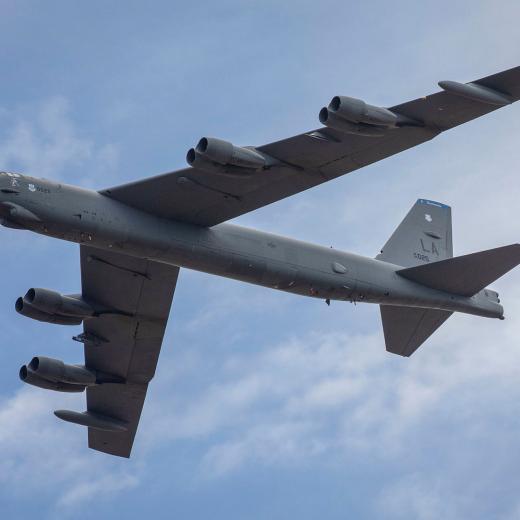BLUF
Israeli Air Force planning, training, intelligence, leadership, and strategic thinking enabled Israel to destroy enemy air forces early in the six-day war.Summary
The Israeli Air Force (IAF) attacks proved decisive in the 1967 Six-Day War with Egypt, Syria, Jordan, Iraq and Lebanon due to:
Preparation
- Meticulous planning for over 20 years.
- Soon after its creation Israel decided to have an offensive air force equipped with fast, sturdy fighter-bombers capable of defending themselves and delivering precision bombing attacks upon enemy tactical, operational, and strategic targets.
- Training all personnel to very high standards as shown in the Suez Crisis where the numerically superior Egyptian Air Force was defeated.
- Continually improving ground crews so an aircraft can be rearmed and refuelled in minutes instead of hours.
- Buying
- French Ouragan ground-attack aircraft.
- Gloster Meteor trainers and converting some for combat.
- Dassault Mystère-IV fighter-bombers and arming them with aircraft and tank busting 30mm cannons, mixed bombs and rockets.
- Adopting the policy of measuring an air force by how many armed combatants it can get into the air.
- Ensuring good relations with France for the supply of aircraft to avoid the Arab boycott against Israel.
- Adopting the core mission of strategic pre-emptive strikes.
- Continually rehearsing (and updating as a result of intelligence) all potential strategic, operational, and tactical missions that may occur without warning.
- Ensuring that they had aircraft in the air at all times.
- Maintaining focus on the destruction of the strategic war-fighting assets of countries that wanted to destroy Israel.
Airstrikes
- Maintaining routine air patrol over the Negev Desert adjacent to the Egyptian controlled Sinai Peninsula.
- Not conducting an earlier pre-emptive strike as expected.
- Attacking when the Egyptian pilots were having breakfast after combat air patrols had been completed.
- Striking when military and government leaders were on their way to work.
- Dipping below radar coverage at the last minute.
- Striking first before the more powerful Egyptian Army and Air Force was fully mobilised.
- Attacking 10 of 18 airfields simultaneously using time-delay (in some cases for hours), concrete runway busting bombs.
- Using anti-personnel bombs to delay runway repairs.
- Destroying Egyptian fighter aircraft on the ground, including those about to take off with infrared heat-seeking missiles.
- Utilising impeccable intelligence to be able to distinguish dummy aircraft.
- Destroying all Badger Strategic Bombers on the ground.
- Sparing one runway so Israeli forces could later use it.
- Rearming and refuelling aircraft in under eight minutes.
- Carrying out eight sorties per day.
- Using feints (pretending to attack some targets) to confuse Egyptian fighters.
- Attacking radar and antiaircraft missile sites.
References
- Collections | The Runway (airforce.gov.au)
- ADDITIONAL READING RAAF RUNWAY (PME)
- RAAF RUNWAY: RATIONALE, GUIDELINES, LEARNING OUTCOMES, ETC





